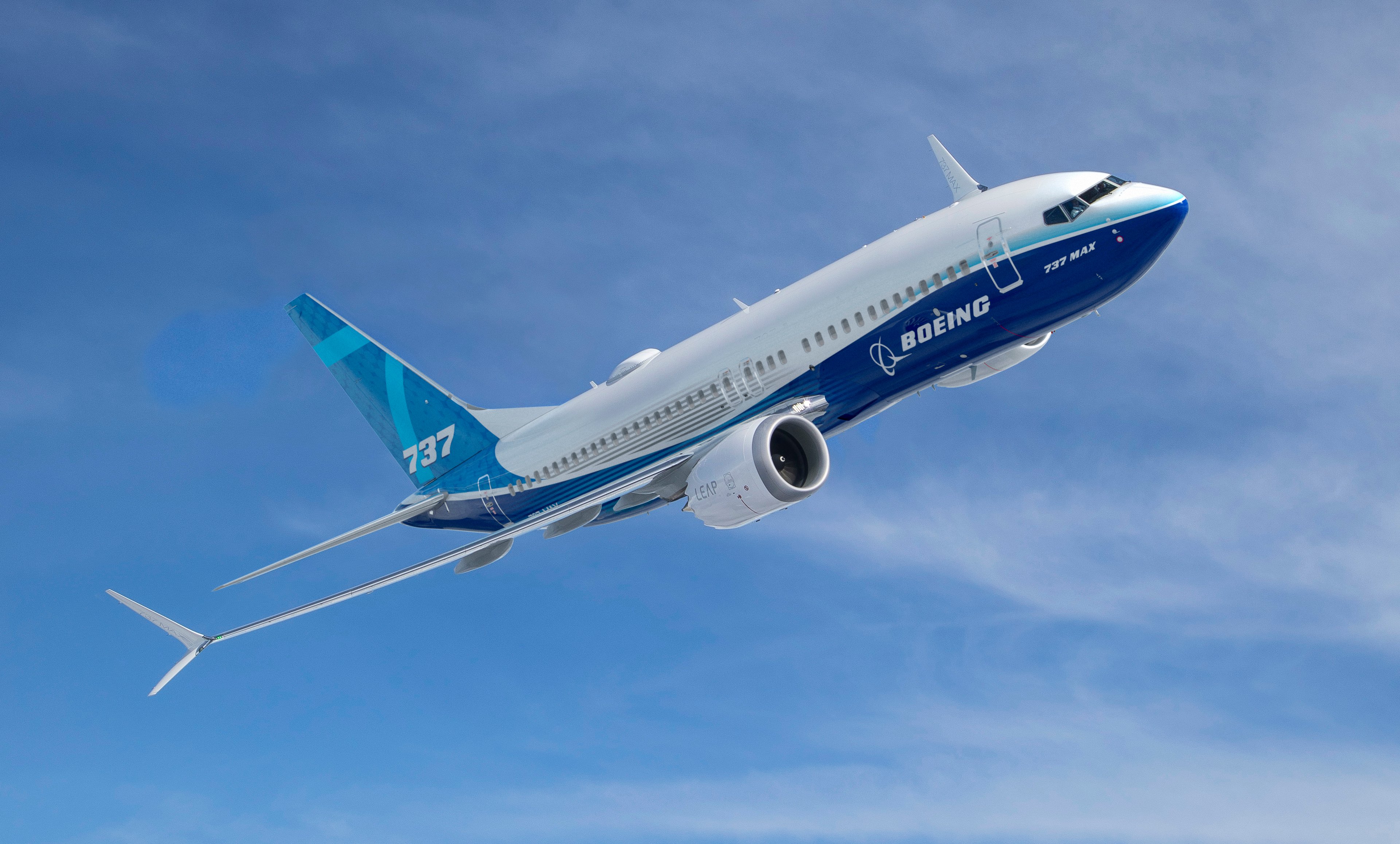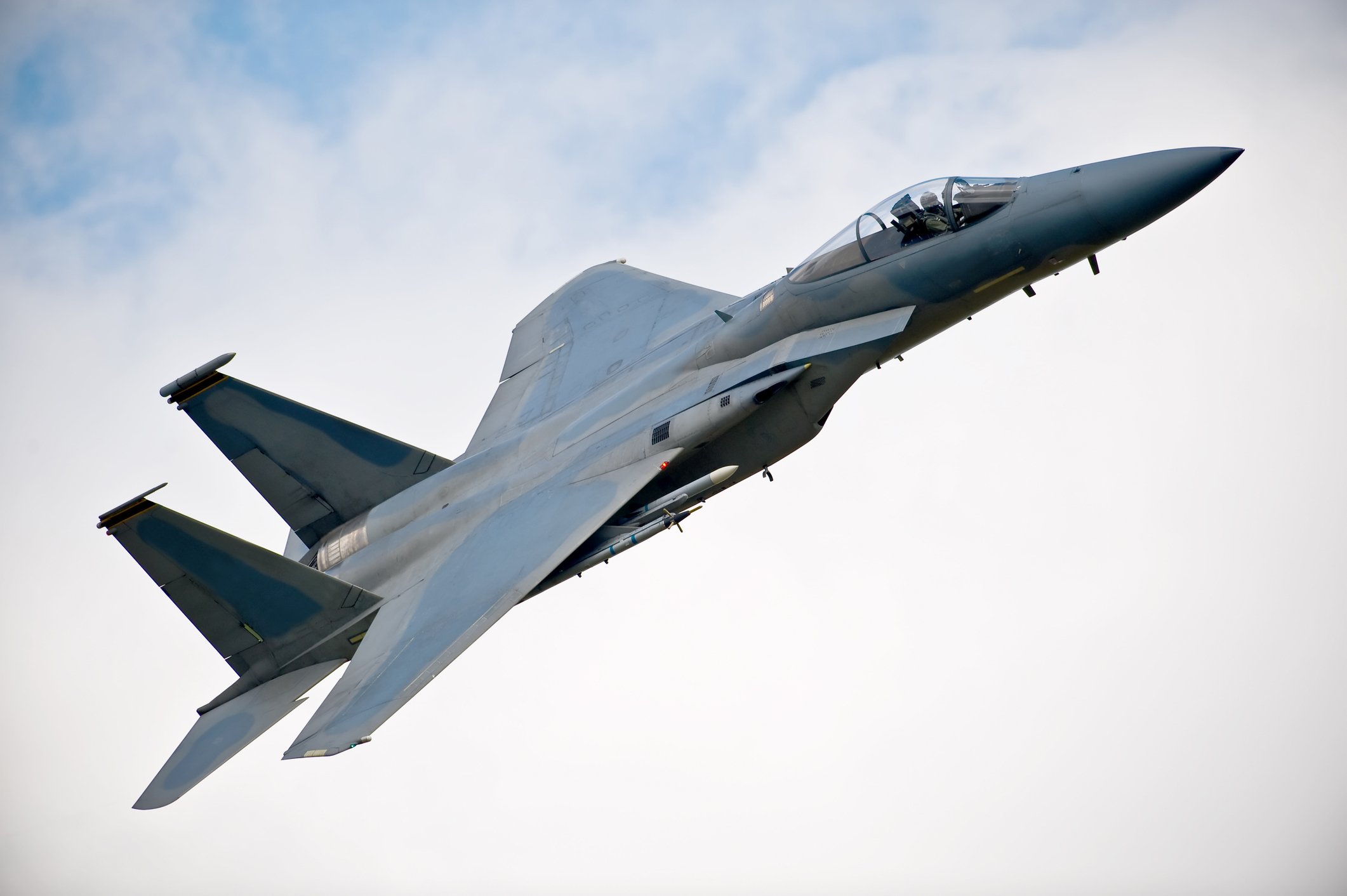Remember the epic boxing match between Rocky Balboa and Apollo Creed? That's a clip that probably every American loves to watch. There's a similar duel going on between European aircraft major Airbus (EADSY 1.78%) and its American rival, Boeing (BA 1.65%).
Airbus, the dominant player in narrow-body jets, wants to challenge Boeing in the wide-body segment that has been the latter's forte all along. It's made its intent clear with its brand new built-from-scratch A350 XWB aircraft that will soon start flying, and take on Boeing 787 Dreamliner. According to experts, the A350's smooth development and certification processes as well as structural advantages may help the jet become popular very fast. Surely, Boeing won't like that. Let's take a look at the competitive stance of both the aero majors.

Airbus A350 XWB. Source: Airbus
Enter A350 XWB
When Boeing announced its Dreamliner program way back in 2003, Airbus had to find an answer to the threat that the new aircraft posed in the wide-body segment. For some years, it toyed with the idea of reengineering its popular A330 to counter the challenge. But eventually it announced a completely new model called A350 XWB, made with carbon composite material similar to the Boeing 787 Dreamliner -- XWB stands for extra wide body.
Airbus initially conceptualized three variants of the aircraft -- the A350-800 that seats 270 passengers, the A350-900 that accommodates 315 passengers, and A350-1000 that can take on board 369 passengers. Of the three, the A350-800 could not attract enough buyers and the company has scrapped the model. Through October, A350-900 has 549 firm orders and enters service later this year with launch customer Qatar Airways. The bigger A350-1000 has 169 firm orders and deliveries will start from 2017.
Airbus has spent more than 11 billion euros or approximately $15 billion on developing the aircraft and hopes to break even by the end of the decade. The company plans to ramp up the production rate to 10 airplanes per month by 2018, and if it can manufacture the carbon components faster, it may be gunning for 12 planes a month, according to A350 program director Didier Evrard.
The faceoff between A350 XWB and 787 Dreamliner
Both planes are engineering marvels and a testimony to the technological advancements of their respective manufacturers, and the competition between the two would be fierce. There are two basic points of contention – travel comfort and fuel efficiency.
In the wide-body segment, travel comfort becomes all the more important as passengers fly for more than six or seven hours at a stretch. The economy class in both the jets comes with sitting option of nine passengers in a row. But the A350 jet's cabin is 13 centimeters wider compared with the Dreamliner's. While 13 centimeters may look insignificant, the extra half inch per seat goes a long way in passenger comfort.
Windows on the A350 are significantly larger than any other Airbus model, but are smaller compared with those in the Dreamliner. Boeing has increased the window size by as much as 70% to give the passengers a great outside view. However, windows on the Airbus are wider and complement the XWB name.
Airbus has also made the plane quieter than its peers. Airbus COO John Leahy drove home the point saying, "Did you hear how quiet it was? We are going to set new standards ... People round airports won't even know we are taking off."
In turn, Boeing is stressing the Dreamliner's fuel efficiency. Boeing Commercial Airplanes President Ray Conner says, "The 787-10 is 25 percent more efficient than airplanes of its size today and more than 10 percent better than anything being offered by the competition for the future." The Dreamliner also carries a lower sticker price than the A350 XWB. According to NBC News, the price of an A350 is around $254-$332 million, while the Dreamliner is available for $206-$243 million.

The interiors of the Airbus A350 XWB. Source: Airbus
Both planes are attracting buyers
The scoring point of these two new aircraft over older models is their carbon composite bodies, which are lighter than metallic bodies and require less maintenance. Around 50% of the Dreamliner's body is made of carbon composites, while the percentage is even higher for A350 at 53%. They have much superior fuel efficiency than older models.
Though Brent crude oil prices have fallen to around $81/ barrel in November -- a point where historically airlines tend to abstain from purchasing new fuel efficient planes -- there's unlikely to be any dearth of orders for the two latest jet families. Air Lease Corp CEO Steven Udvar-Hazy told Reuters that recent price drop "... are short-term market dynamics. We have not seen any diminishing of airline interest in aircraft that are more fuel efficient."
From a more long-term perspective, Airbus in its Global Market Forecast 2014-2033, estimates that the fleet size of wide-body twin aisle planes will grow from the current 3,500 to reach more than 7,800 aircraft by 2033. Within the twin-aisle segment, nearly 70% of the demand is for smaller 250-300 seater planes. This is the market targeted by both Airbus A350 XWB and Boeing Dreamliner, and there are orders galore. Boeing has 850 pending orders for Dreamliners through September, while Airbus has 750 for A350 XWB through October.
Last thoughts
It's going to be a fierce duel between the two planes as Boeing and Airbus fight tooth and nail to cement their lead in the wide-body segment. The market for fuel-efficient wide-body planes is growing as airlines upgrade their fleet, and both the planes have their own competitive advantages, presenting unique propositions for buyers.







